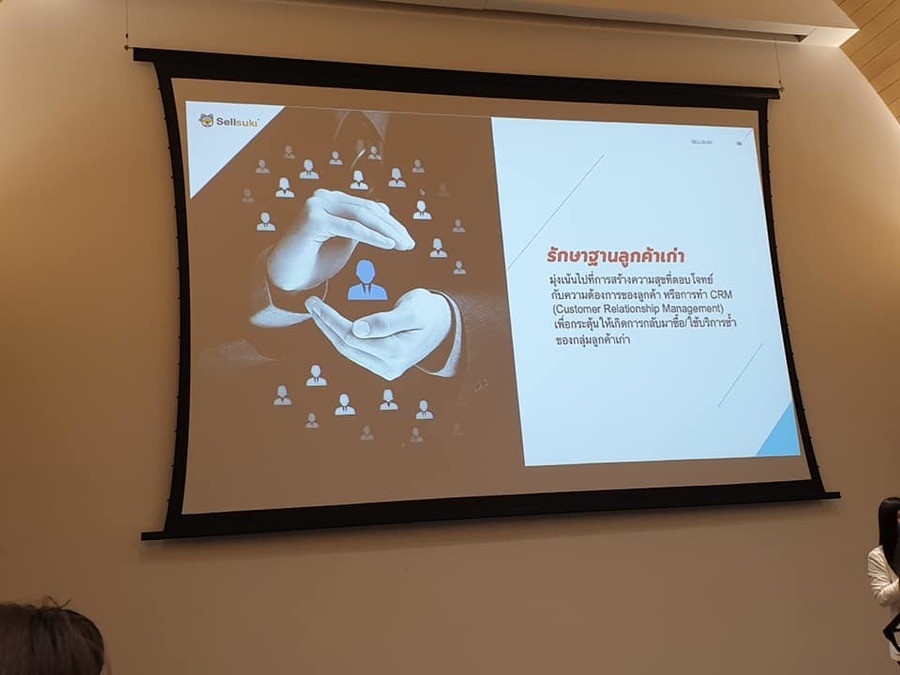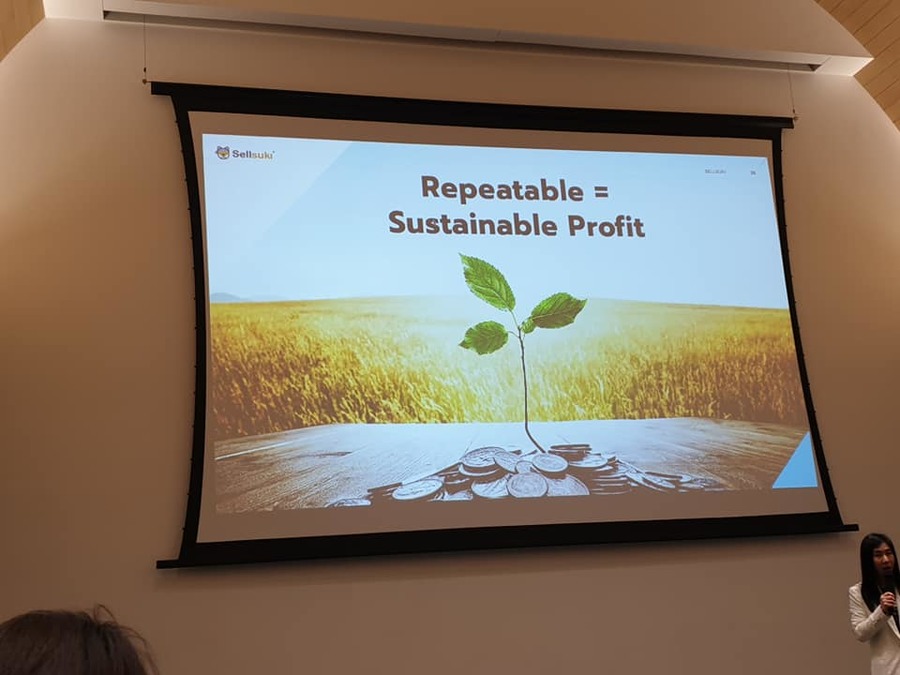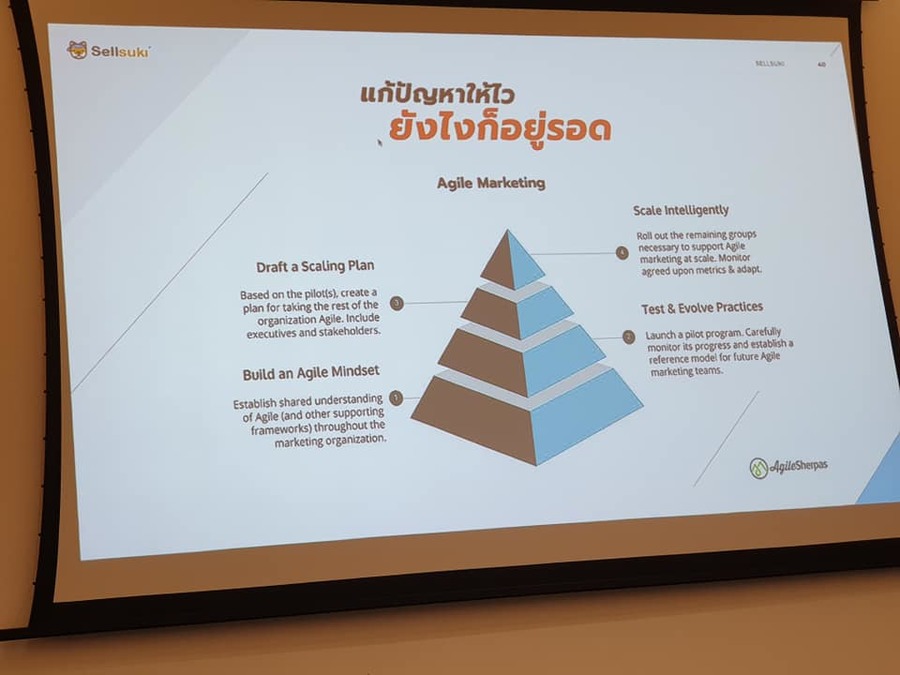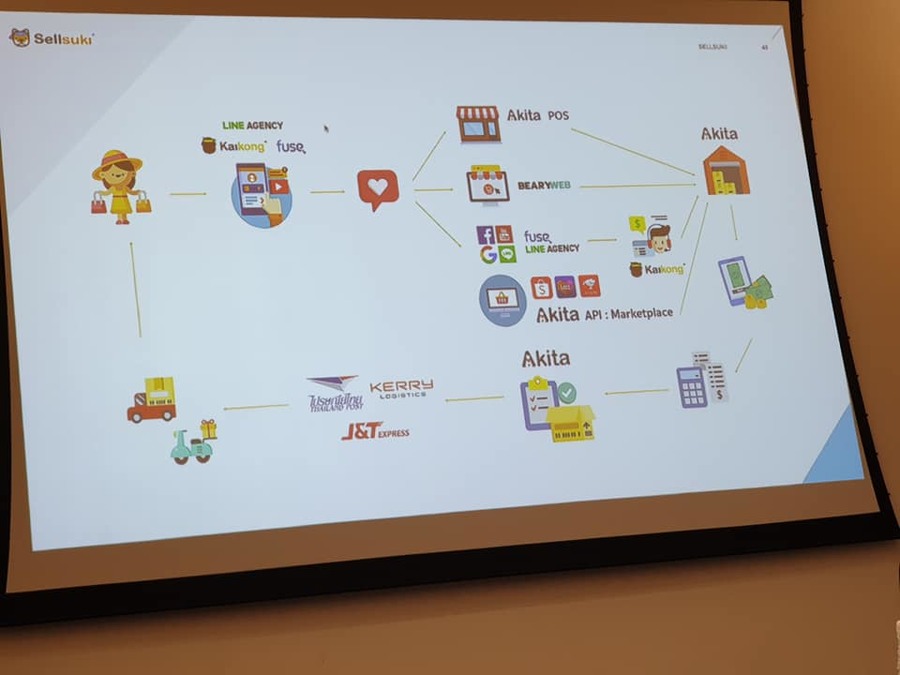I WANT
RELATED LINKS
I WANT
RELATED LINKS
RELATES LINKS
I WANT
RELATES LINKS
Services
Related Links
Use and Management of Cookies
We use cookies and other similar technologies on our website to enhance your browsing experience. For more information, please visit our Cookies Notice.
- Personal Banking
- Stories & Tips
- BUSINESS MAKER
- Change Mindset…Refresh Your Business to Digital SME
- Personal Banking
- ...
- Change Mindset…Refresh Your Business to Digital SME
Change Mindset…Refresh Your Business to Digital SME
05-10-2020
In the New Normal, doing traditional business may no longer meet market needs and create sustainable growth. Consumer behaviors have changed and there’re multi-channel to approach products and services, especially after the COVID-19 pandemic that customers have continually shifted product ordering to online. To sustain the business, we need to shift it to Digital SME and merge online and offline appropriately. Those who never have experience in online business may worry about when and how to start it. Unfortunately, we have good advice from “Sellsuki”, a management expert for online SMEs with tips about Omni-channels to blend offline and online marketing effectively.
When should we start an online business? Right away is the answer. Most people may think that COVID is a crisis but online can turn a crisis into an opportunity. People spend less time making decisions for online purchases and they intend to buy products. Besides, the number of online marketing transactions are increased. In May 2020, E-Commerce and purchasing decisions reached its peak. And when the lockdown was released, sales reduced accordingly. That means people have changed their behaviors and online started becoming popular.
The top-selling product over the crisis is exercise equipment following by supermarket products, and computer accessories, respectively. An opportunity is here! COVID-19 is not crisis for everyone. With online as a tool, entrepreneurs can turn the crisis into an opportunity by shifting SME to Digital SME and we have seen the most growth in many businesses during the pandemic. The analysis by Google trend about E-Commerce and Logistics from 2016-2020 reveals that both businesses were growing by leaps and bounds, especially food delivery. The online world after COVID-19 is called Next to Normal. A good combination of online and offline can grow business effectively. For example, SME who is a dealer of electrical appliances and open sales booth in the events with no experience online. After that, he created his online brand, Facebook, and have sold products through Market Place with community content creation. The content includes fun facts, knowledge about electrical goods, and gains customer perception and brand recognition. Whenever customers want to buy those products, this brand will pop up. This electrical company used to join the event every year. However, as a Thai SME, the owner can’t compete with bigger brands who sell similar products in the same event. This SME can use online tools to fight big brands by creating online campaigns, creating traffic from online that drives customers to buy products in the event, offering online discounts that can be used for offline purchases. Another example is to use Influencer. A Thai brand that sells sneakers with no experience in the online market. The owner launched a campaign and wanted the audience who went to the event wearing a series of shoes. The problem is the production of these shoes will be finished few days before the event starts. Normally, it takes a while for customers to buy shoes offline so a website is created to get preordering from customers, and shoes will be delivered to them in time of the event, so they’re able to wear those shoes to the event. In fact, only a website can’t draw much interest for the online market, and using an Influencer will do. As the company has its Brand Ambassador, adding the power of secondary Influencers can spread the news faster and will lead to a successful campaign.

The above mentioned is the offline case that used online as a tool to scale up the business. Scale-up is an adjustment of the work process and cost structure by reducing fixed costs as much as possible. Some people may understand that Scale-up is growth but it’s not. Growth is an increase in income but Scale-up is work adjustment. Online is also an adjustment of work process and organizational structure to drive sustainable growth at a certain level. For example, if we set a cost structure and good organizational structure, we can catch marketing trends such as the 9.9 sale trend. Statistics show sales growth in all platforms in one day. If the organization is ready to grow at peak time, it can follow this trend. Anyway, while on this trend, challenges occurred because of insufficient production capacity, lack of Administration and packing staff, or ineffective management that can’t keep customer data. A solution is to use skilled outsource to help managing works. Even when orders are in the highest volume, the fixed costs can be reduced.

Every time that the company creates advertising, orders will keep coming in. How do we keep the customers? How can we make customers repeat purchases? Repeat purchase is important because of Repeatable = Sustainable profit. Repeat purchase will be possible if we know our customers well. To know them we need a good CRM so that we know who they are, what they buy, their buying frequency, and when they buy. CRM helps us keep customer data and data is a factor for a better decision. If we know customers and their preferences, we can create social media content that matches their interests which may lead to more purchases. Or if we offer attractive promotions, repeat purchases will happen.
There’s a free feature in Line OA to create CRM for customers and can keep customer data which is called Chat Tag. When staff chat with customers, the tag will show so we know customer details. For example, Today, Customer# A buys a shirt, then the tag indicates a shirt. Customer# B buys pants, tag states pants. Customer# C makes a fast money transfer, tag states fast transfer. When there’re many tags, our communication will reach the right customer group. If we have promotions about shirts, we can deliver our messages to those who have shirt tags only. That mechanism helps generate repeat purchases.
When data is available, what to do next? The answer is to analyze that data and identify who customers are and what they like. Sometimes there may be problems with data, we can recollect data and see if it works. The data process is quite dynamic, and we need to repeat it continually to keep the business strong and sustainable. We call this process “Agile Marketing”.

Here are the checklists to scale up business for generating sustainable profit:
1.Understand products, market, competitors, and customer needs but you must find a marketing gap which is the point where markets have demand and customers need products. It must be the point that competitors don’t have. If you can make it, you can better serve the needs of both market and customers.
2 Communication: communication is divided into three channels; Owned media, Media Publisher, and Influencer. We find plenty of owned media in social media and website so it’s no need to create owned media in all channels. Facebook is good for mass products, Line fits elderly or aging products, IG is best for innovation products or attractive images that can boost sales, Twitter and TikTok are good for catching men or teenage groups. Media Publisher includes all online advertising. Pantip is content or articles consisting of keywords for easy search. Influencer is a shortcut key that makes people know your brand faster, including many sizes such as Nano, Micro, Macro, Co-Page or YouTuber.
3. Online sales channels are available on websites, social media, and Market Place. Choose a familiar channel or channel that mostly fits customers.
4. How will you deliver products to customers? Would it be self-manufacturing or outsource production? Would products be self-stock or keep in a warehouse? How do you manage stocks? Would it be Excel calculation or standard management? How products are packed?
Omni-channel is a proven example that online can extend to offline and helps grow business and scale-up. A good example is “Camp”, a cloth shop that combines plenty of Thai cloth brands to create a Multi-brand. Camp’s first branch is at Siam. All people who own brands want to open offline shops there but the rent costs one hundred thousand baht per month. Anyway, if brands are merged, the rent may drop to ten thousand baht. The difference is we will gain only customers who know our brand if we open just one shop, while Multi-brand provides a chance for customers to know some other brands when they go to a physical shop for self-experience or cloth trial. Most women will attract to pretty stuff and often repeat purchases. Everyone then creates Traffic from online to shop and Cross-Selling happens. After that online would need offline as an extended purchase channel. Therefore, offline will meet the needs of some customer groups and can increase sales and upselling.

Online and offline blend well and support each other. Entrepreneurs who want to step into Digital SMEs need to understand consumer behaviors that have been changed and consider how to grow their businesses in the Next Normal. Be agile by setting up a business structure to minimize fixed costs and adjust to variable costs. After that, start gathering customer data and arrange CRM to promote repeat purchases for gaining sustainable profit.
Source: “Change mindset…Refresh your business to Digital SME”, a workshop topic in Digital SME Conference Thailand 2020, September 23, 2020
